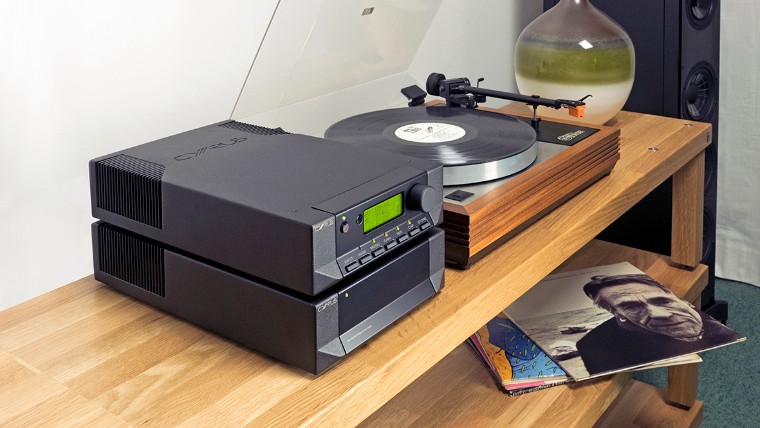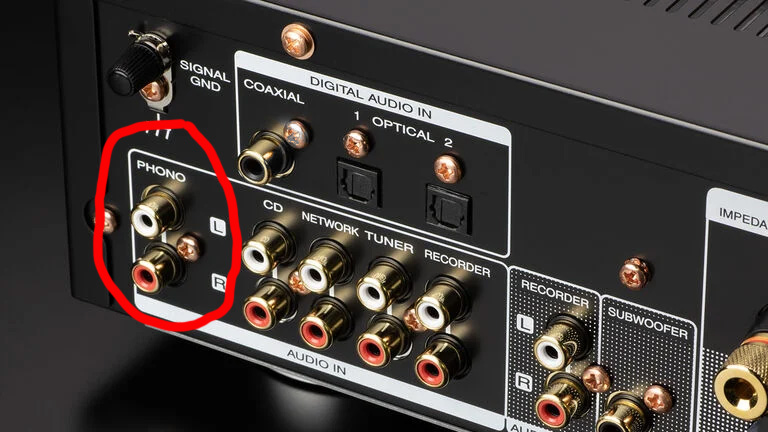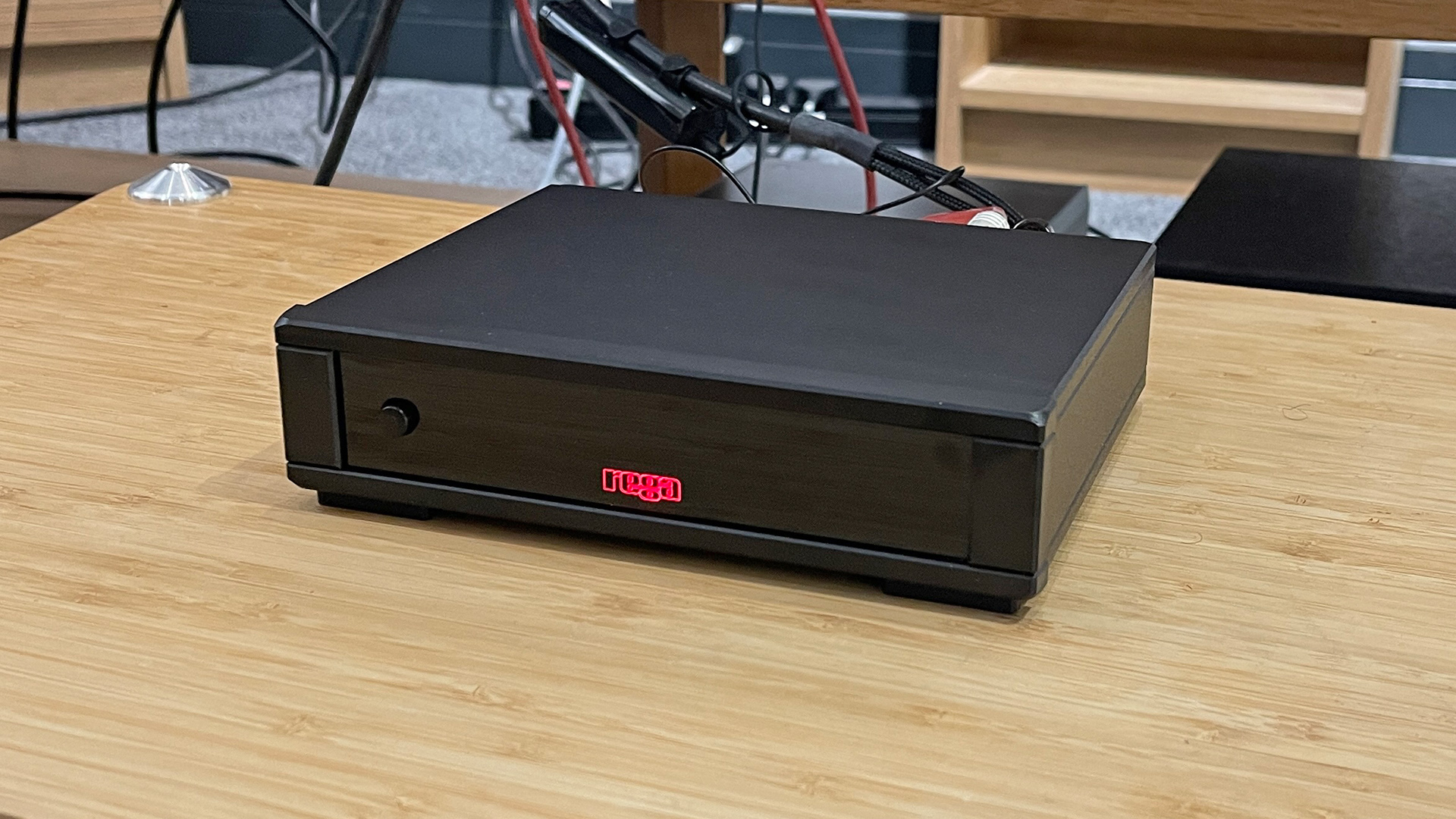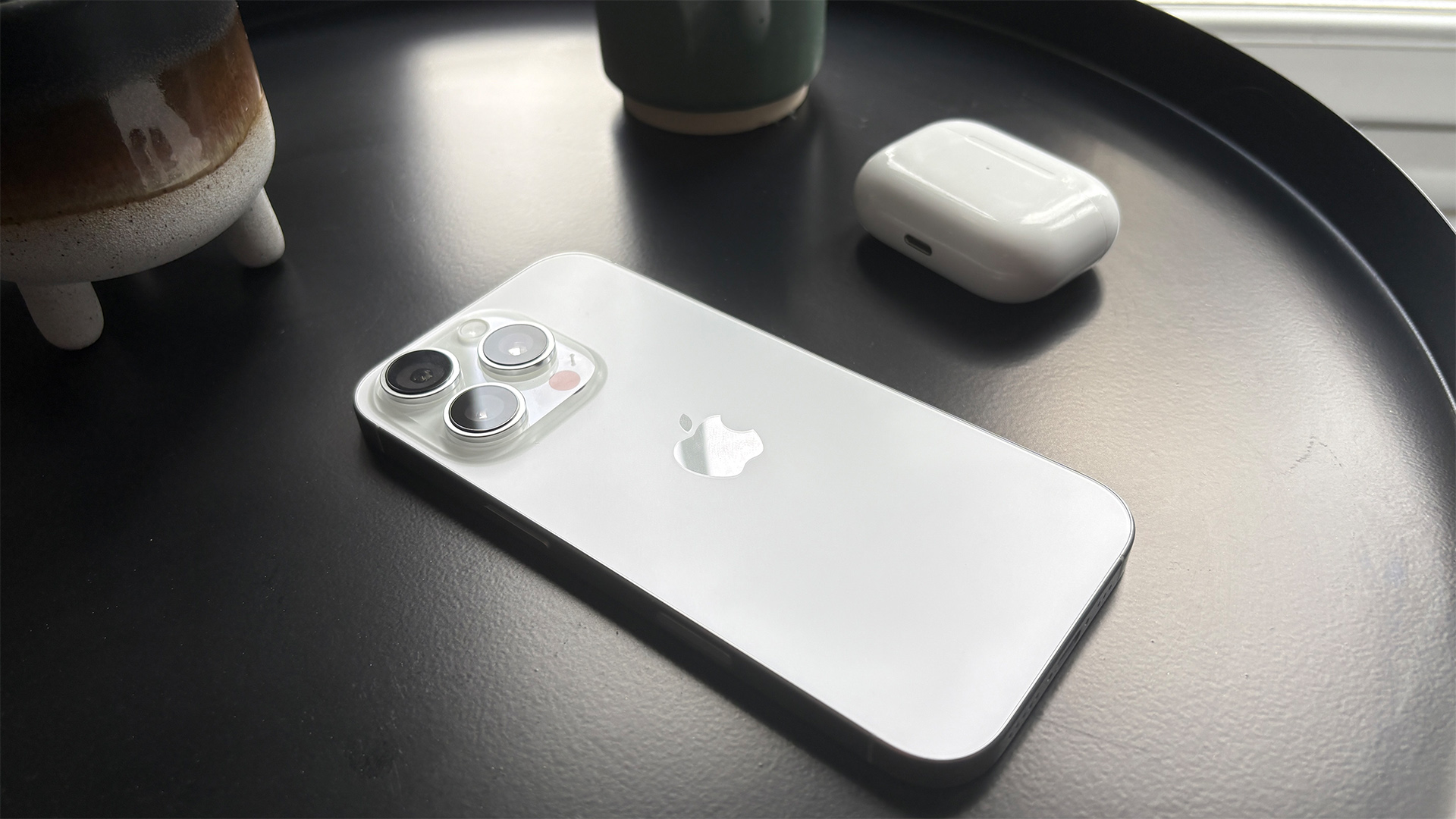New to vinyl? Avoid making this common mistake with your first turntable system
Don’t overlook this less obvious but highly necessary link in the chain

We all know what ingredients go into a classic mac and cheese recipe – spiral pasta, a creamy mix of butter, milk and flour, and enough cheese to comatose the cast of The Rescuers – just as we know that to play records you need some combination of a record player, amplifier and speaker.
But just as the former requires a generous splash of Worcestershire sauce to be deemed, in my book, fit for serving, the latter also demands a less obvious ingredient – not just in my opinion but by laws of physics – that newcomers to hi-fi may well miss. It’s not sexy, nor particularly catchily named, but its presence is non-negotiable if you want to hear your records properly through your speakers.
I’m talking about a phono stage (or ‘phono preamplifier’) – a crucial cog in the vinyl system machine that sits between your turntable and amplifier. It essentially does two things. Firstly, it amplifies the low-strength audio signal output generated by your turntable cartridge to the ‘line level’ strength that amplifiers (and other audio equipment) can handle. Connect your bits and bobs together without a phono stage in the mix, and your spinning record will sound either silent or only very faintly discernible.
Secondly, standardised equalisation (most commonly the RIAA equalisation curve) should be applied to boost bass and cut treble so that the original signal recorded in the vinyl groove comes through as a tonally balanced presentation.
Part of the package?

The good news is that you can acquire a phono stage nowadays without even realising it, as many of today’s amplifiers, active (amplified) speakers and turntables come with one built in.
While amplifiers typically have several line-level RCA inputs, one set of RCAs is often (but not always) a phono input, and labelled as such. All four of What Hi-Fi?’s budget amplifier recommendations – the Rotel A8, Marantz PM6007, Rega io and Cambridge Audio AXA35 – integrate phono stages, for example. It’s certainly something to check on a specification sheet when you’re buying, especially if you are eyeing up a model that is a fair few years old (and launched before the vinyl revival started swinging) and/or a higher-end affair. The same is true for active speakers.
As for turntables, an increasing number feature a phono stage, particularly at the lower end of the market – again, due to the increasing mass popularity and craving for simplicity and convenience. But it’s less of a given than it is with amplifiers. In What Hi-Fi?’s turntable buying guide, five of our nine favourite picks do not integrate one.
Get the What Hi-Fi? Newsletter
The latest hi-fi, home cinema and tech news, reviews, buying advice and deals, direct to your inbox.
You need just the one phono stage in your chain by the way. If both your amplifier and turntable happen to have one, all that means is you have a choice of two to use – try using one first and then the other to see which is better quality.
Solo phono

I’m actually writing this because of recent enquiries about start-from-scratch vinyl systems from two mates. One friend wasn’t aware of the phono-stage piece in the puzzle, and I found myself wilfully stepping in to reassure her that the system suggested by a reputable UK retailer – a streaming amplifier, turntable and speakers – would work (you would hope so, eh?), but that some of the alternative gear we had been discussing would not in certain combinations. Why? Because there was no – you guessed it – phono stage in the system. She desired neatness and not an extra box and cable, so the Cambridge Audio Evo 150 (which has a phono stage) and the Rega RP3 (which doesn’t) pairing it was to be. (And her speakers are still TBD!)
The other friend took my advice to buy the KEF LS50 Wireless II, as the idea of having a neat streaming speaker system in just two boxes appealed to him, but he jumped the gun and bought a Pro-Ject turntable (I can’t recall the model) that didn’t have a phono stage built in – and the KEFs don’t either. He then had to buy a separate external phono preamplifier, the Rega Fono MM (pictured above), which wasn’t ideal for him as it was another box and cable he didn’t really want to house.
That said, he was buoyed by the news that his system’s sound quality would now, in light of that ‘mistake’, be superior – individual phono stages tend to perform better than those integrated into other kit, where phono circuitry tends to be an afterthought with little care taken to maximise sound quality. In fact, switching from a built-in phono stage to an external one is a great way to upgrade your vinyl playback down the line if you wish to.
So there you have it – think about the phono stage from the off and you won’t be surprise-slapped with product incompatibility.
There is just one other aspect to consider with a phono stage…
Cartridge camaraderie
Does your phono stage, integrated or external, support the same cartridge type fitted to (or supported by) your turntable? (Hint: it probably does.)
You can read all about moving-magnet and moving-coil cartridges here, but essentially these are the two common types of cartridges found and supported by turntables, and the difference between them lies in how they generate electrical signals, how high their electrical outputs go, and their performance potential.
MM cartridges are found on the majority of turntables (certainly players below the four-figure mark) and are supported by nearly every phono stage. So if you have a budget to mid-priced deck, know that pretty much every kind of phono stage is open to you.
While you can get high-end MM cartridges, MC cartridges are typically associated with higher-end (£300+) solutions and tend to have greater potential to deliver detail resolution and finesse. Save for some budget models, external phono stages generally support both cartridge types anyway, but MC support isn’t a given on phono stages built into amplifiers. Again, just double-check the specifications of your kit to prevent being caught out here.
MORE:
The next step: how to set up a turntable and get the best sound
The best budget turntables you can buy, chosen by our editors
How to build the perfect hi-fi system – all the ins and outs of system building
Becky is the managing editor of What Hi-Fi? and, since her recent move to Melbourne, also the editor of the brand's sister magazines Down Under – Australian Hi-Fi and Audio Esoterica. During her 11+ years in the hi-fi industry, she has reviewed all manner of audio gear, from budget amplifiers to high-end speakers, and particularly specialises in headphones and head-fi devices. In her spare time, Becky can often be found running, watching Liverpool FC and horror movies, and hunting for gluten-free cake.
-
Farq Brilliant article, just one small gripe. Mac and cheese isn't made with spiral pasta (fusilli) its made with macaroni!!Reply
I will now go and hide under a rock

